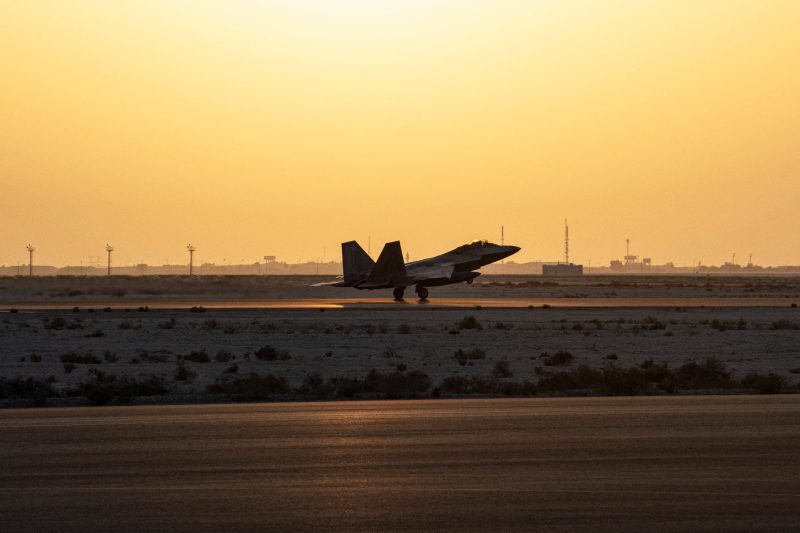The recent deployment of additional troops and warplanes to the Middle East by the United States signifies a significant escalation of tensions in the region. This move, characterized as a bulwark against Iran, has raised concerns and speculations about the potential outcomes and implications on regional stability and global security. The decision to increase military presence in the Middle East reflects a broader geopolitical strategy aimed at countering perceived threats from Iran and its regional allies.
As the political landscape in the Middle East continues to evolve, the United States is positioning itself to assert its influence and protect its interests in the region. The move to send more troops and warplanes underscores the strategic importance that the U.S. places on maintaining a strong military presence in the Middle East. This is in line with the broader U.S. foreign policy objectives of promoting stability and security in the region, while also safeguarding its allies and interests.
The decision to bolster military forces in the Middle East can be seen as a response to a series of escalating tensions between the U.S. and Iran. The longstanding animosity between the two nations has been exacerbated in recent years by Iran’s nuclear ambitions, support for proxy groups in the region, and its destabilizing activities. The U.S. views Iran as a key destabilizing force in the Middle East and has sought to contain its influence through various means, including economic sanctions and military deterrence.
The increased military presence in the region is also intended to reassure U.S. allies and partners in the Middle East of its commitment to their security. Countries such as Saudi Arabia, the United Arab Emirates, and Israel rely on the U.S. for military support and protection against external threats. By deploying more troops and warplanes, the U.S. aims to strengthen its defense cooperation with these allies and signal its readiness to address any potential security challenges in the region.
However, the escalation of military tensions in the Middle East carries significant risks and uncertainties. The prospect of a direct military confrontation between the U.S. and Iran could have far-reaching consequences, leading to increased violence, instability, and humanitarian crises in the region. The deployment of additional troops and warplanes raises concerns about the potential for miscalculations, misunderstandings, and unintended consequences that could spiral out of control.
Moreover, the U.S. military build-up in the Middle East is likely to further strain its relations with Iran and other regional actors. The deep-rooted distrust and tensions between the U.S. and Iran make it challenging to find diplomatic solutions to the underlying issues driving the conflict. The militarization of the region could exacerbate existing fault lines and create new flashpoints that undermine prospects for peace and stability.
In conclusion, the decision to send more troops and warplanes to the Middle East as a bulwark against Iran reflects a complex interplay of strategic calculations, geopolitical interests, and regional dynamics. While the U.S. aims to project strength and deter potential threats, the escalation of military tensions in the region poses significant risks and challenges. It is imperative for all parties involved to prioritize dialogue, diplomacy, and conflict resolution mechanisms to prevent further escalation and promote peace in the Middle East.




























